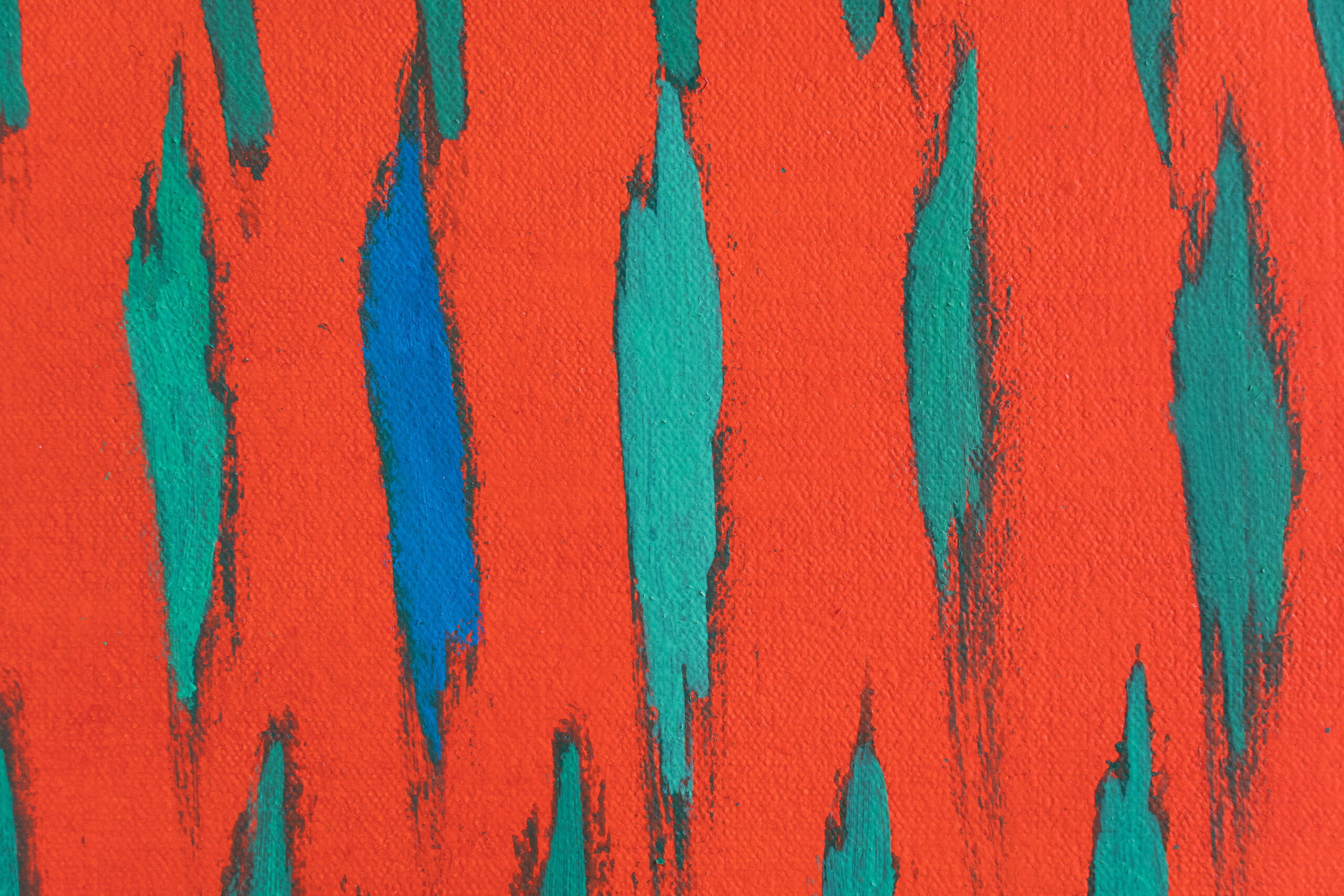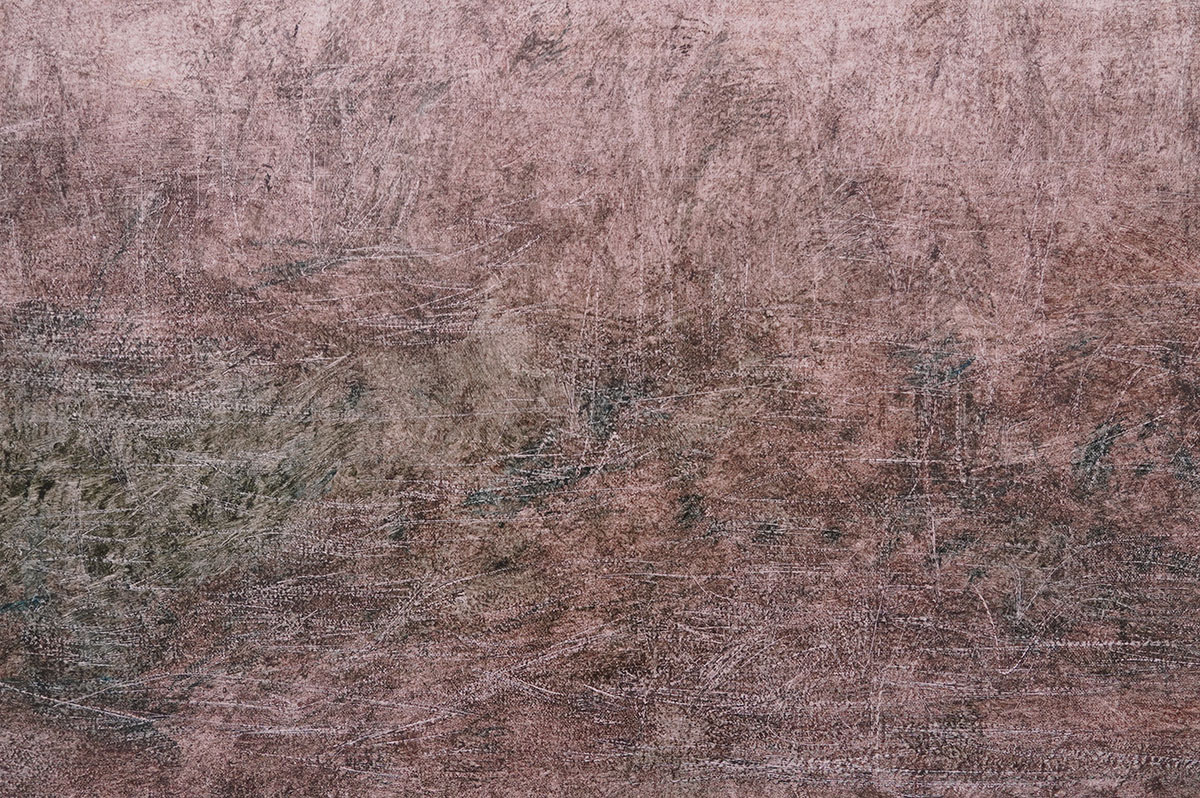This post is to provide a link to Chapter 30, “Practical applications”, the penultimate chapter of my book “Painting with Light and Colour”. As explained in its “Introuctory”, This suggests sixteen exercises: The first eight of these are designed to make clear the practical value of ideas presented in the chapters dedicated to “painting with colour”. The second eight bring in ideas found elsewhere, not only in the part of this volume dedicated to “painting with light”, but also in the separate volumes, “Drawing on Both Sides of the Brain” and “New Perspectives on Creativity”.
Physics books tell us that colour can be defined by the three variable of “hue”, “saturation” and “lightness”. However, as explained earlier, if we are to consider whole field colour relations and their effect tn picture perception, the fourth variable of “texture” must be added. As a result, the definition of “colour” must be stretched to include achromatic elements. The exercises in Chapter 30 keep this fourth variable and its implication for achromatic images in mind.
![]()
CHAPTER 30 – PRACTICAL APPLICATIONS
![]()
Some non figurative images for your enjoyment
Although the exercises in this chapter relate to figurative drawings and paintings, the principles apply equally to non figurative work.
All of you who have come to the Painting School of Montmiral over the last 18 years, will know Sarah Elliott and at least some of her wondeful drawings and paintings.
Here are four of the most recent (two with details), exhibited in May 2021, at her MFA final review show:
![]()

![]()


![]()



![]()

![]()
The titles of these paintings in order are:
- “White shadow dyptich”, oil on canvas 32 inches X 64 inches
- “Green Stripes”, oil on canvas and 48 inches X 60 inches.
- “No title”, oil on canvas and 48 inches X 60 inches
- Song lines 32 inches X 64 inches
If you want to see more of the art works in Sarah’s show, I imagine that all of them will be appearing shortly on her website.
![]()
Other chapters from the two books contained in “Painting with Light and Colour”:
BOOK 1 : “Painting with Light”
- INTRODUCTION
- Chapter 1 : The dogmas
- Chapter 2 : Doubts
- Chapter 3 : The nature of painting
- Chapter 4: Renaissance ideas
- Chapter 5 : New Science on offer
- Chapter 6 : Early Modernist Painters
- Chapter 7 : The perception of surface
- Chapter 8 : Seurat and Painting with Light
- Chapter 9 : Seeing Light
- Chapter 10 : Illusory pictorial space and light
- Chapter 11 : Colour mixing – definitions and misconceptions
- Chapter 12: The colour circle: Misunderstandings
- Chapter 13 : Finding a maximum of colours
- Chapter 14 – Colour mixing made easy
- Chapter 15 – Colour mixing by layering
- Chapter 16 – Reviewing previous chapters (1)
- Chapter 17 – Reviewing previous chapters (2)
- Chapter 18 – “All you need to know about painting” – No 2
BOOK 2: “Painting with Colour”
- INTRODUCTION
- Chapter 19 – Colour and the feelings
- Chapter 20 – Optical mixing and its legacy
- Chapter 21 – Colour contrast effects
- Chapter 22 – Thin Lines
- Chapter 23 – More on viewing conditions
- Chapter 24 – Colour and Surface
- Chapter 25 – Chiaroscuro
- Chapter 26 – Cast shadows
- Chapter 27 – Shading and surface form
- Chapter 28 – A synthesis of ideas
Other Posts on colour and light in painting:
- What does the word “colour” mean?
- What are colourists? (1): Some of the many meanings of the word
- What are colourists? (2): Difference between meaning of the phrases “Venetian Colourists” and “Modernist Colourists”?
- Modernist painters and illusory pictorial space
- The integrity of the picture surface
![]()
Go to list of all chapters and extracts from the books
Go to top
![]()
Francis, I thank you for this newest email, PART 5 : SYNTHESIS CHAPTER 30
I am again reminded of the pleasures of experimenting, learning and the inspiration that can be found there in.
I’d love to read and study your book cover to cover.
Time has not been my friend during the7 months now astern.
Despite which I hope to make a brief visit to CdeM in July and possibly move back to the village or district.
Wishing you good health and a high moral, Gordon